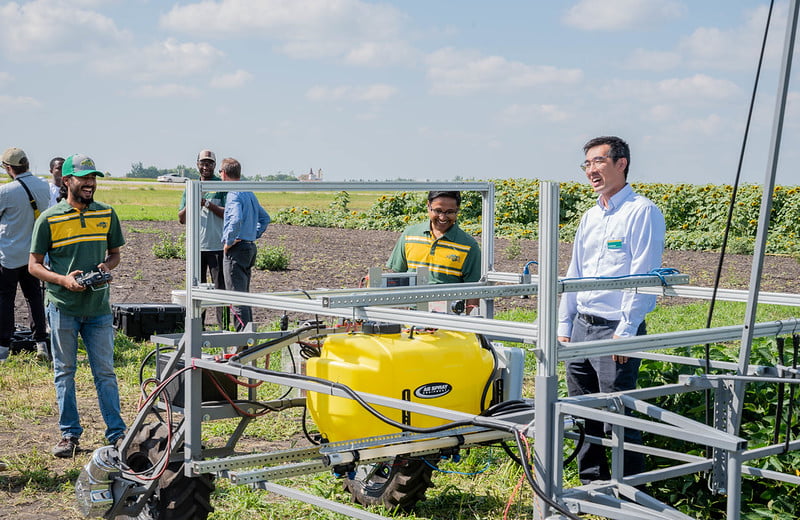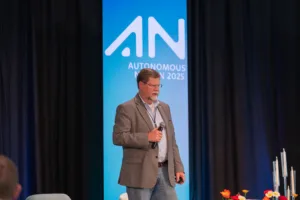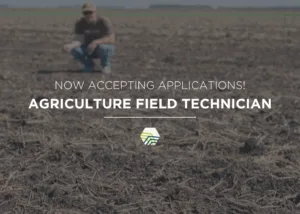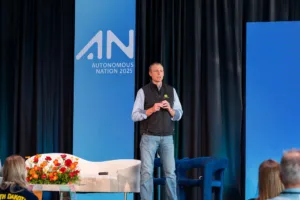Precision agriculture, once a distant dream for agriculturalists and farmers, is now becoming a reality. Access to quality data informs and enables agricultural research and farm productivity. However, without reliable collection methods, data sources, and storage systems, researchers don’t have access to the data that could change the way we grow food.
Dr. Rex Sun, an associate professor at NDSU, examines the significance of data collection for using artificial intelligence tools in his research. Dr. Sun and his students collect their own data for their projects, but he shares how a centralized, shared data source would revolutionize data collection and technology development across the field.
1. Data Collection: Digital tools are revolutionizing data collection methods. Researchers are developing techniques to manage and analyze these data sets efficiently, but one of their primary problems is that farmers and researchers gather data
2.Data Access: Satellite data, just like drone, crop, and soil data, is free and accessible to anyone. There is just one catch—farmers have to know how to access it. One of the main challenges of accessing data within agriculture is that sources do not co
3.Data Connectivity: Farmers need their data to be processed in real-time in the field. They do not have time to wait for faulty equipment or test runs that require breaks. Edge computing provides a way for farmers to connect to the nearest data source to upload their information to.
4.Data Storage: Cloud storage solutions offer reliable and scalable options for researchers and farmers alike. By leveraging cloud services, data can be securely stored and processed, providing more accessible and centralized data sources.
5.Data Usage: Dr. Sun’s research focuses on weed control, utilizing drone technology, and advanced imaging techniques. Dr. Sun developed an AI tool using a USDA initiated open-source database called Image Weeds. This tool allows farmers to precisely target and combat specific weed problems in their fields.
What does the future look like?
Grand Farm’s goal to create a publicly available open-source database would help startups, corporations, and researchers access data produced by researchers and open doors for the digital agriculture community to access high-quality data and solve challenges faced by growers.
Artificial intelligence works by finding patterns in information and making sense of those patterns. In order to build an effective artificial intelligence tool, it must be given data from nearly every use case scenario involving that specific set of information. Collecting and accessing this data is extremely time-consuming and requires extensive resources, but it creates opportunities for farmers, researchers, and technologists to collaborate for the farm of the future.
Read the article in the Future Farmer Magazine.
Original article by Kennedy Fields.








